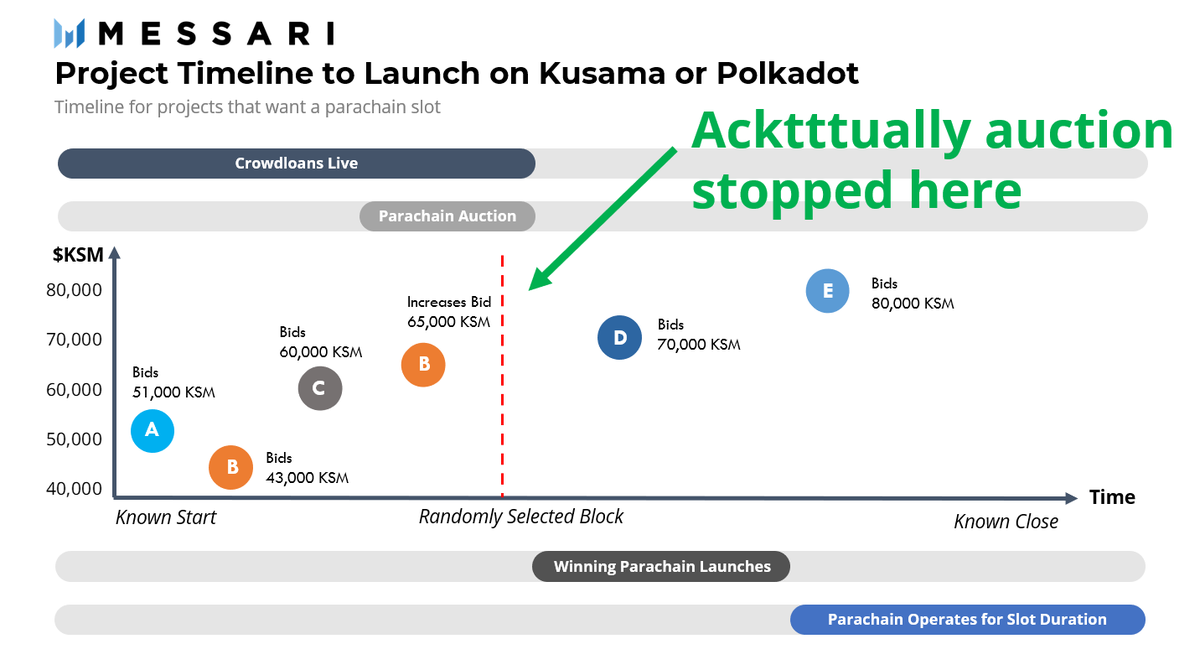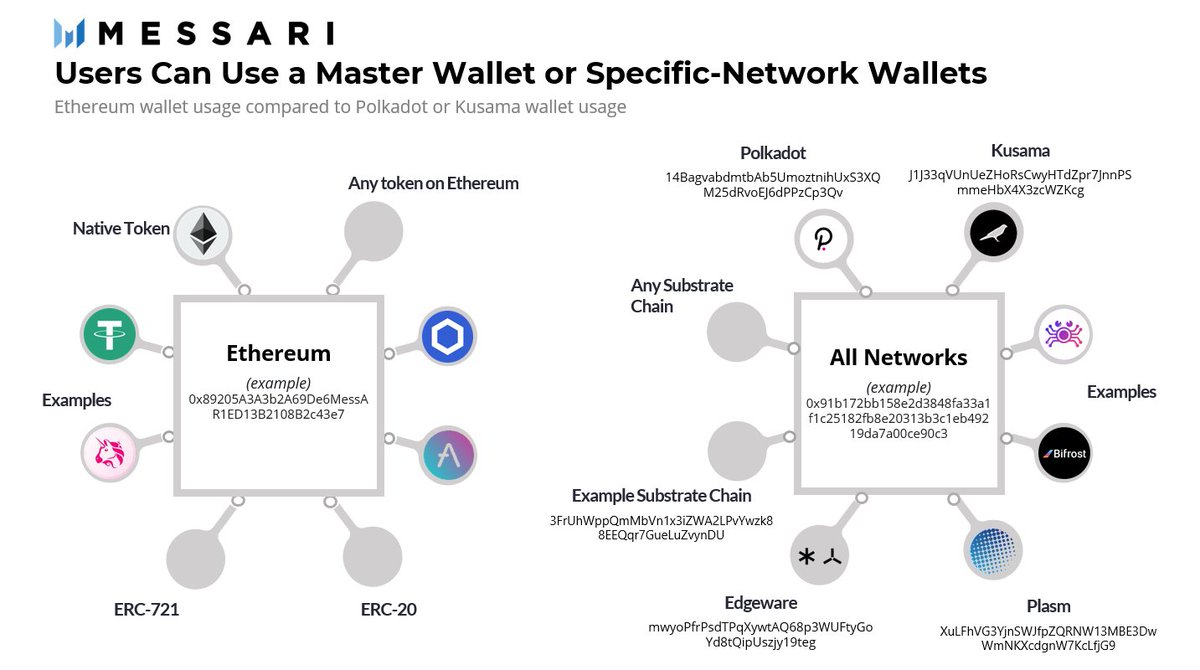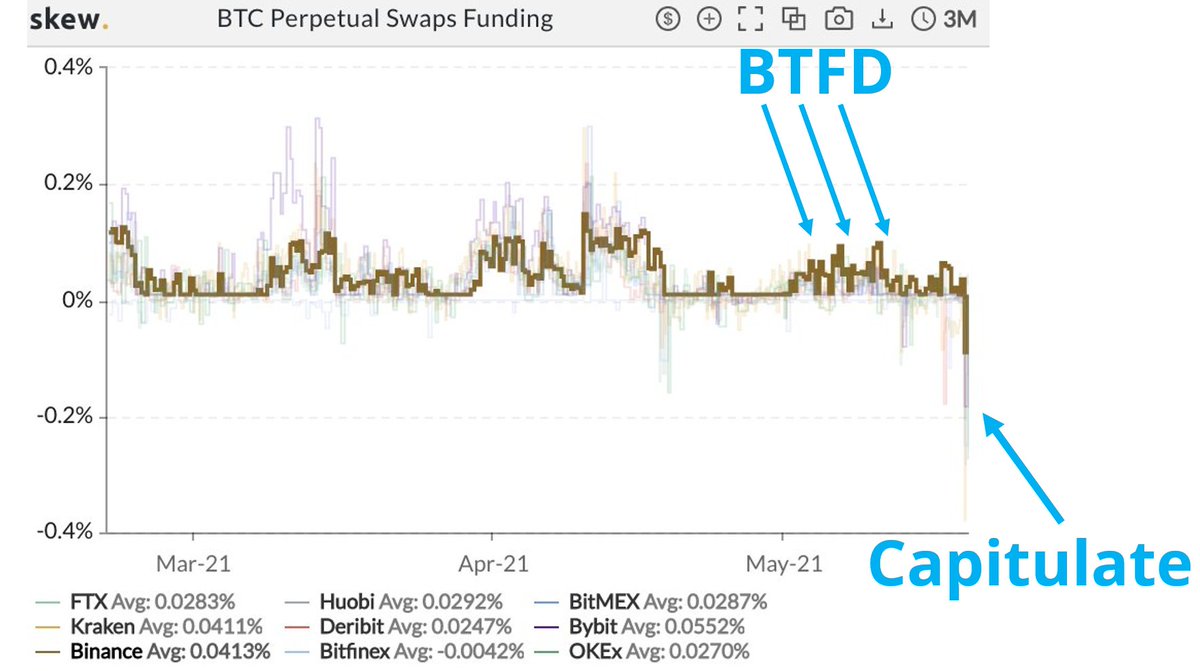Kusama and Polkadot are soon launching their parachain auctions. Cross-chain composability and scalability have never been so important.
How does an auction work for users? What does it mean for $DOT, $KSM price & circulating supply?
Thread 👇🏻👇🏻👇🏻
How does an auction work for users? What does it mean for $DOT, $KSM price & circulating supply?
Thread 👇🏻👇🏻👇🏻

Why do developers want to do this?
The benefits of connecting to the @Polkadot or @kusamanetwork network includes full control over your environment -- but with a cheap & secure way for blockchains and apps to launch.
2/
Full report here-->
messari.io/article/the-po…
The benefits of connecting to the @Polkadot or @kusamanetwork network includes full control over your environment -- but with a cheap & secure way for blockchains and apps to launch.
2/
Full report here-->
messari.io/article/the-po…
Kusama is a low-value version of Polkadot, but important as a testbed. Getting a @kusamanetwork parachain is a stepping stone to the big leagues.
The community will lock $DOT & $KSM to participate. We could see circulating supply drop by half.
3/
The community will lock $DOT & $KSM to participate. We could see circulating supply drop by half.
3/

From the user's perspective, how does the auction work?
1️⃣ Crowdloans go live --> the project raises $KSM or $DOT from the community, say in return for the native token
2️⃣ Parachain auctions happen
3️⃣ The winning parachain launches
4️⃣ Unwinding at the end of the period
4/9
1️⃣ Crowdloans go live --> the project raises $KSM or $DOT from the community, say in return for the native token
2️⃣ Parachain auctions happen
3️⃣ The winning parachain launches
4️⃣ Unwinding at the end of the period
4/9

In the 2️⃣ Auction, a start and end time is announced. But a *retrospectively* randomly selected block cuts-off the live bidding process. The highest bidder at that time, regardless of subsequent bids, wins.
So best for projects and users to put all their chips in early
5/9
So best for projects and users to put all their chips in early
5/9

The winner automatically earns the slot and launches. Unlike ICOs, the $KSM or $DOT that users locked never go to the team. The tokens are locked until the parachain lease period ends (6-24 months), then the principal is returned.
6/9
6/9

We expect a parachain winning bid could be $30-50 million. In the table, we assume:
+ Bear market multiplier of 2-5x (each $1 inflow means a $2-5 increase in market cap),
+ Bull market multiplier of 10-20x
All things equal, we get a +21% to +206% price impact
7/9
+ Bear market multiplier of 2-5x (each $1 inflow means a $2-5 increase in market cap),
+ Bull market multiplier of 10-20x
All things equal, we get a +21% to +206% price impact
7/9

How do you use a @Polkadot wallet?
Unlike @ethereum, you can have a master wallet (accepts all tokens on all networks) or a seperate wallet for each. The latter is less convenient but more secure.
@PolkadotJs and @polkawallet are the most popular
8/9
Unlike @ethereum, you can have a master wallet (accepts all tokens on all networks) or a seperate wallet for each. The latter is less convenient but more secure.
@PolkadotJs and @polkawallet are the most popular
8/9

For a deeper dive in how the auction works, how the wallet works, the price impact on $DOT or $KSM, and the implications on circulating supply, please see our report.
9/9
messari.io/article/the-po…
9/9
messari.io/article/the-po…
• • •
Missing some Tweet in this thread? You can try to
force a refresh














